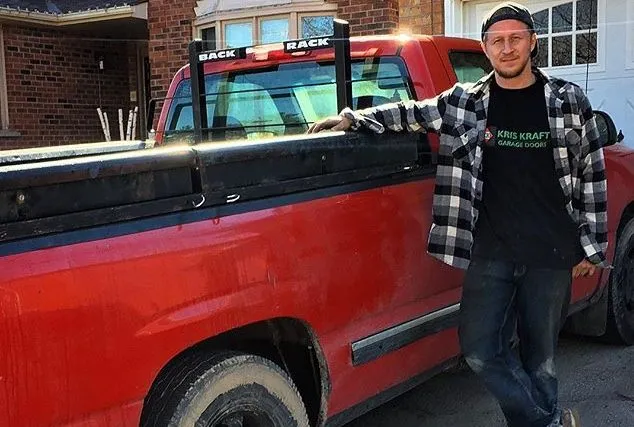
Expert Level Service to Keep your Garage Door Working Smoothly
Feel free to give our service representative Bob Hlad a call at (905) 616-0745 to get a free estimate. With over 20 years of experience, he would be more than happy to assist you with your problems/issues.
We understand that not having a functional garage door or opener can be a big inconvenience to your daily life. Keep reading below to learn more about some of the common problems that can arise with your garage door.
Broken Garage Door Torsion Spring
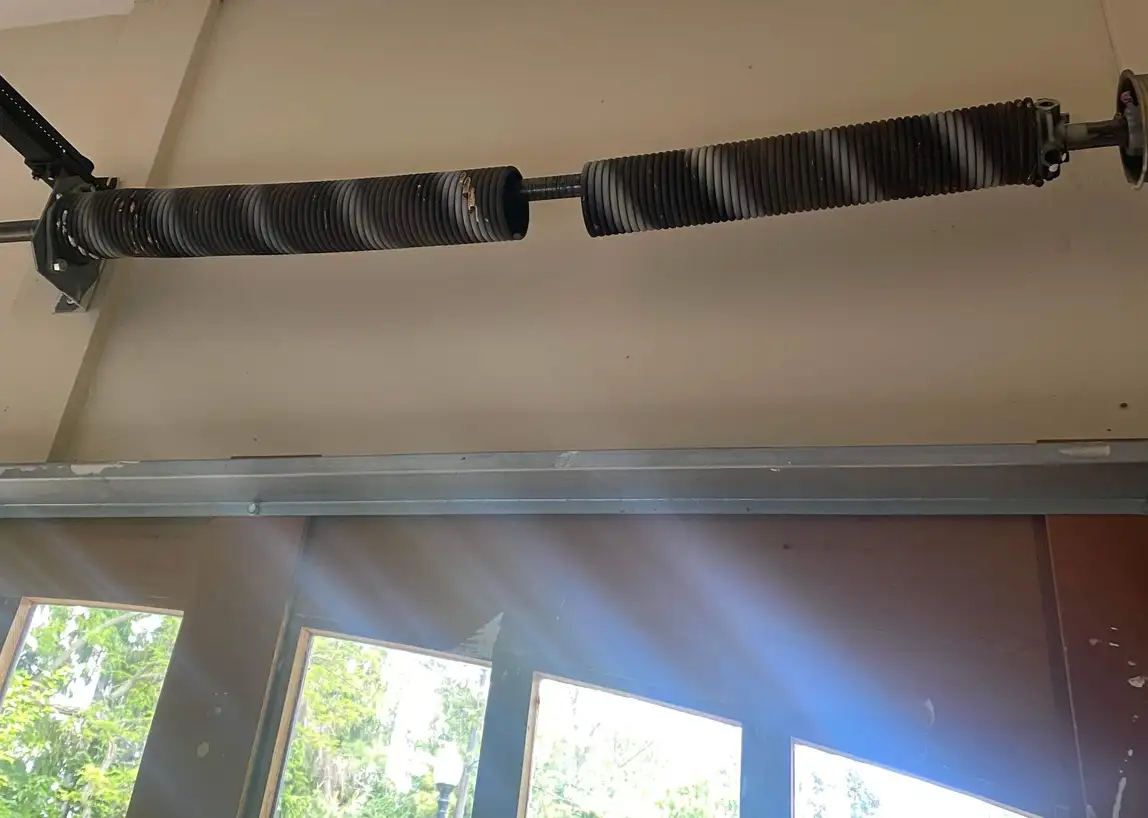
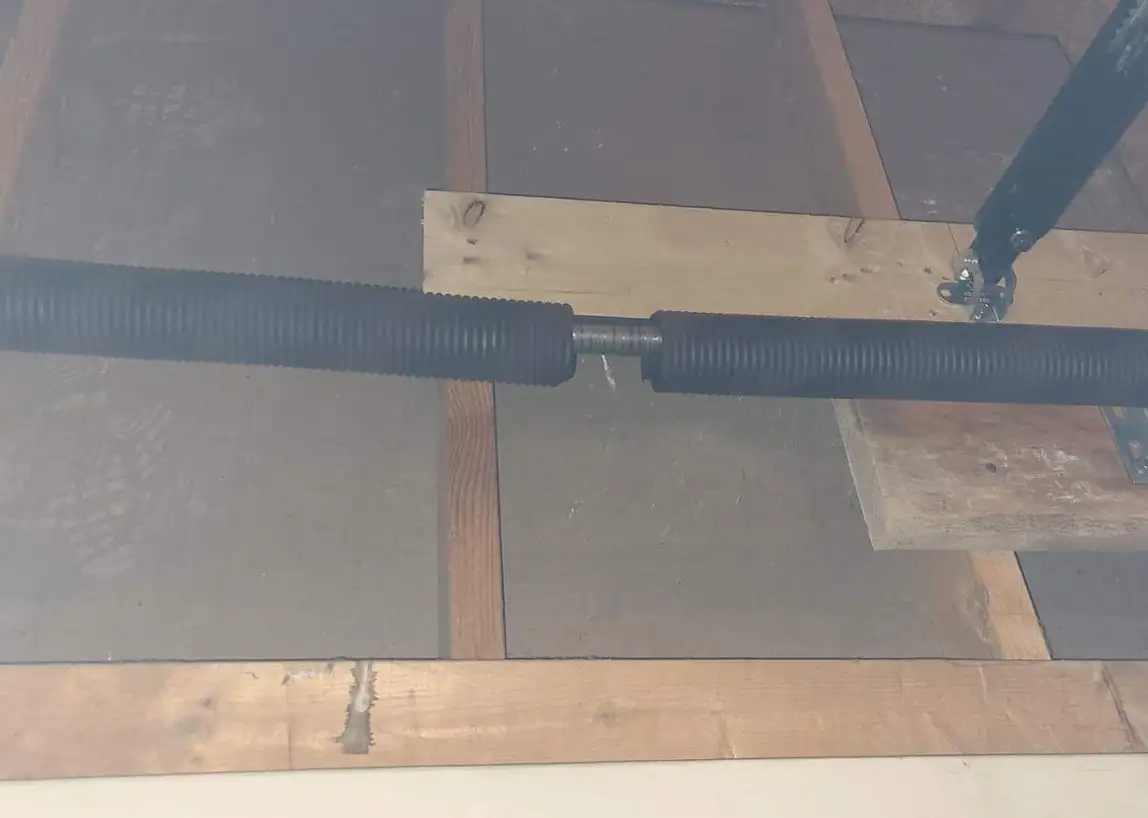
The torsion spring helps lift the full weight of the garage door. A broken torsion spring may prevent the garage door from opening up at all, or cause it to only open several inches off the ground. This is due to the fact that the garage door is too heavy for the opener to lift by itself. It is not wise to continue using the garage door opener in this situation since it can do damage to the opener. It is common to have one or two torsion springs (joined with a steel bearing plate in the middle) on each door depending on the door's particular size and weight. In most situations the torsion springs are located in the middle of the garage, above the garage door when the door is closed. Torsion springs are specifically calibrated to the exact size and weight of your garage door. This means it is important to select a spring with the correct coil diameter, length, and coil width to achieve the optimal lifespan. Torsion springs are under high tension and it is extremely dangerous for homeowners to attempt to change it themselves.
- Garage door won't open
Broken Garage Door Lifting Cable
The lifting cables are responsible for guiding the door up and down the steel tracks. Broken cables can lead to the door becoming crooked and no longer going up or down properly because it will get jammed into the track. It is not uncommon for the rollers to also come out of the track at times when the cables break or rust. On occasion you may also see the cables wrap themselves around the drums or tube shaft on the spring assembly. It is important to know the height of your garage door since the lifting cables are specifically cut and customized to the height and size of your garage door. Lifting cables are under high tension and it is extremely dangerous for homeowners to try to change it themselves.
- Garage door won't open
- Crooked garage door
Garage Door Sensor Problems
Sensors are the “seeing eyes” of the garage door which keep the garage door working safely. They ensure that there is nothing underneath the garage door when it is closing. If the sensors are not properly lined up, the opener will think that something is in the way, and therefore the door will not close. When the sensors are not lined up or are broken, a blinking light (or clicking sound) will come from the opener head. This tells you that there is an issue with the sensor eyes. They are located at the bottom of the garage door, attached to the steel vertical tracks. Modern sensors will have an orange/amber light (the sending end) and the other sensor will have a green light (the receiving end). As long as there is power to the garage door opener then the orange/amber light should always remain on. The green light indicates whether or not the sensors are lined up correctly. For older openers, the sensors tend to both be green in color.
- Garage door won't close
- Blinking light
- Clicking sound
- Orange light
Broken Garage Door Gear Kit
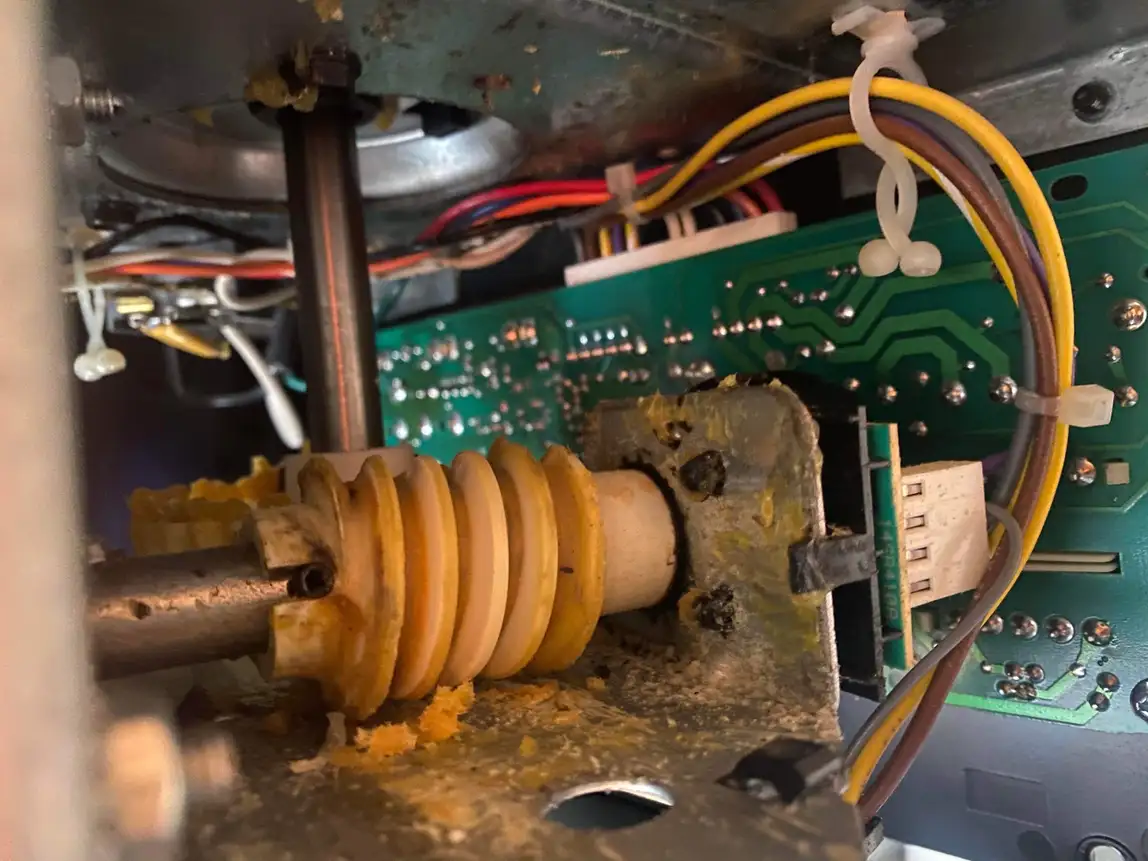
A broken gear kit is easy to diagnose and also important to fix. When the gear kit is broken inside a garage door opener, you can hear that the garage door motor is running and working but there is no movement of the garage door or traveler attached to the opener rail. It is safe to unhook the garage door opener manually with the red release cord (provided that the torsion spring or cables are not broken) in case of an emergency or you need to get something inside or outside of the garage.
- Garage door won't open
- Garage door won't close
Broken Garage Door Brackets, Rollers & Hinges
A broken bracket, roller, or hinge can sometimes occur (especially on older garage doors). It may not prevent the garage door from functioning normally, however it is still important to have it fixed. Continuing to operate the door with these broken parts can eventually lead to larger problems and issues down the road. The bottom brackets can often rust due to salt and water build up on the bottom of the garage door (as seen in the far right figure) The bottom brackets (far right) are under high tension and it is extremely dangerous for homeowners to attempt to change it themselves.
- Rusty bracket
- Rusty roller
- Roller stuck
- Loud garage door
- Door struggles to open
Damaged Garage Door Sections
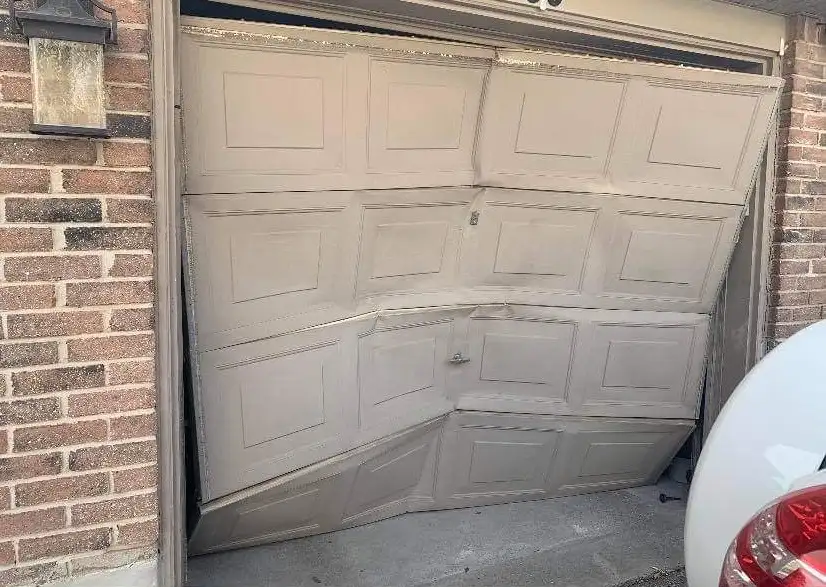
If you have backed into your garage door by accident, don't worry. Accidents happen and you are not the only one who this has happened to. We can replace individual or multiple sections on garage doors. The extent of the damage often varies per incident as seen in the pictures below. It helps us to know the brand and dimensions of your garage door upon calling us. However, if you don't know this information, we have specialists who can determine exactly which garage door model you have and locate the exact replacement section you need. It is worth it to note that over time on older garage doors, there can be some sun damage done and on stock model colors, it may be hard to find an exact match. We will always do the best we can to make sure you are satisfied.
- Dented panel
- Bent garage door
- Bent garage door section
Serving the Greater Toronto Area since 1976
Originally based on Missisauga Ontario, we have decades of experience serving the Greater Toronto Area and nearby cities. Our core service areas include:
- Ajax
- Brampton
- Burlington
- Hamilton
- Milton
- Mississauga
- North York
- Oakville
- Stoney Creek
- Toronto
- ... and more
If you're not sure whether or not we operate in your area, feel free to give us a call. We would be happy to learn more about your project and let you know.
 Call us
Call us  Follow Us
Follow Us 
